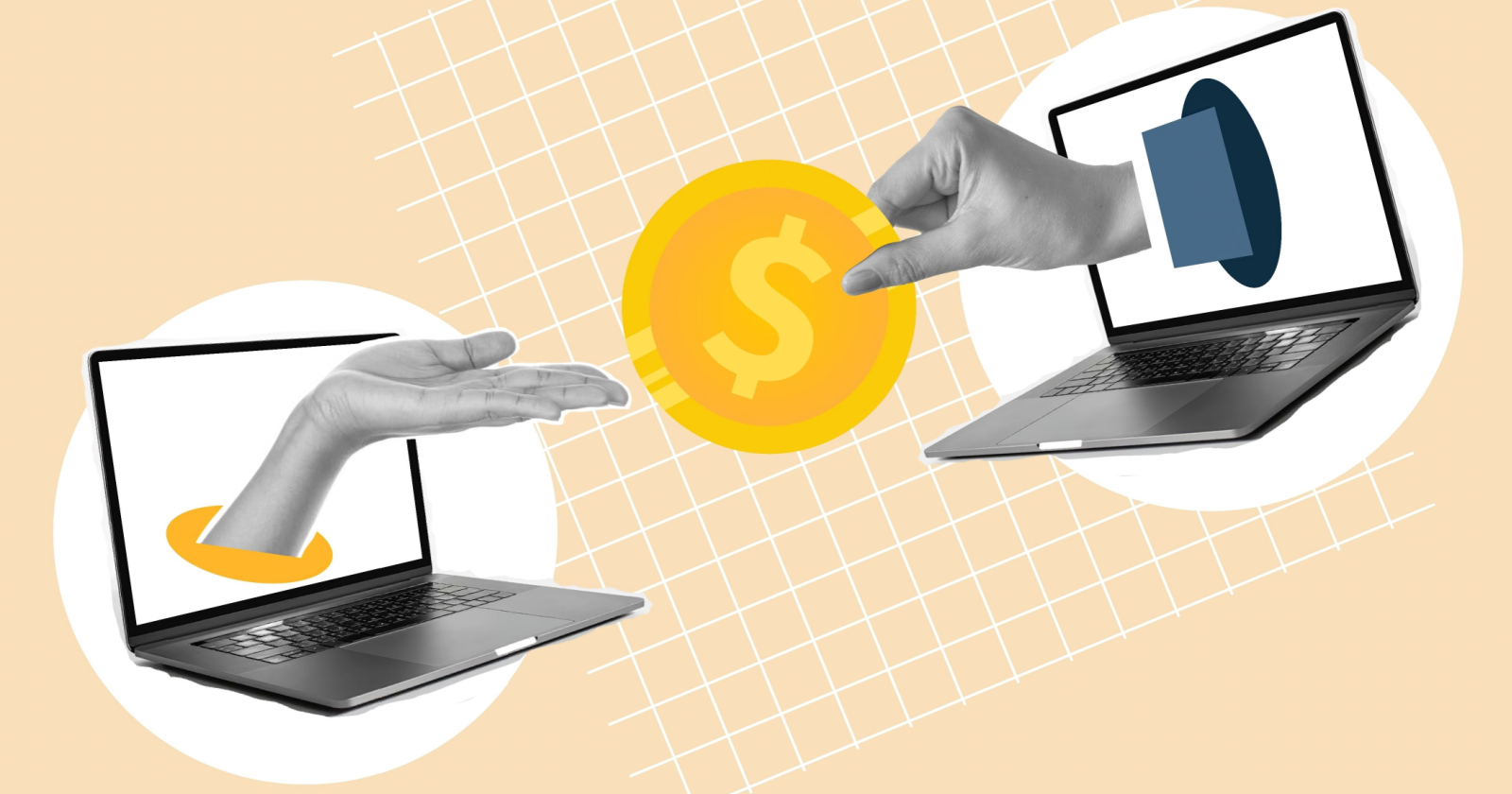Use Kolb’s Learning Cycle to Grasp New Concepts
If you want to really grasp what you’re learning, not just memorize it short-term for a test, you should familiarize yourself with Kolb’s learning cycle. Hell, even if you do just want to pass a test, you should familiarize...


Photo: panitanphoto (Shutterstock)
If you want to really grasp what you’re learning, not just memorize it short-term for a test, you should familiarize yourself with Kolb’s learning cycle. Hell, even if you do just want to pass a test, you should familiarize yourself with Kolb’s learning cycle. Educational theorist David A. Kolb published his experiential learning theory in 1984 and it’s been popular ever since. He concluded that to really master a concept, you have to go through a four-step cycle. Let’s investigate.
What is Kolb’s four-step cycle?
Kolb proposed a cycle of four stages that, once passed through, will result in effective learning:
Concrete learning: when the learner has a new experience and uses it to reinterpret or reframe an existing one. Reflective observation: when the learner thinks about the experience in a personal way.Abstract conceptualization: when the learner forms or modifies ideas after reflecting. Active experimentation: the learner applies the new thinking and notes if anything changes.While these tend to happen in order, it’s important to note that you can technically enter the cycle at any stage.
How does Kolb’s cycle work?
That might sound like academic gobbledygook, which it kind of is, but this cycle has pretty easy real-life applications.
Let’s say you’re studying accounting. You have personal experience—say, doing your own taxes or budgeting your paycheck, which is concrete learning. You gain more experience in class, being introduced to higher-level accounting concepts. After learning those concepts, you can do reflective observation by thinking of how your own experiences budgeting match up with what you were just taught. In abstract conceptualization, you apply those reflections, considering whether they impact how you approach accounting in your life and whether you’d do anything differently next time you go to budget. In active experimentation, you can try implementing new lessons from class in your own financial planning or working on practice exercises, informed by your own experiences and the new information. As you consider the outcome of the practical application, you start over again with the concrete learning you experienced during the exercise.
What to keep in mind about Kolb’s cycle
Kolb’s cycle is usually meant for teachers to think about when lesson planning. Structural Learning, for instance, encourages educators to use this model in lessons to improve students’ understanding and problem solving. But since the goal of using the method is to encourage the acquisition of more abstract concepts—which can then be applied to a variety of topics and situations—it works for anyone. Keeping the four stages in mind while you study a new concept and reflecting on how you can hit each one will help you think more flexibly about the topic overall and help you retain what you’re learning.

 Fransebas
Fransebas 
































